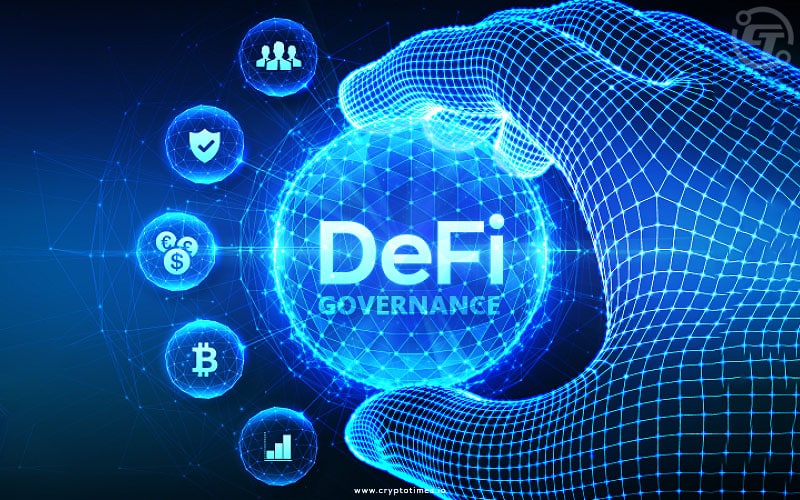Are fund managers ready to take the plunge into DeFi (decentralized finance)? How will they find ways to monetize investor interest as prices for cryptocurrencies have slumped? Digital assets, though speculative, will continue to scale and adapt as the pace of regulation increases.
“Financial institutions need to secure their place in this potentially huge new revenue stream by integrating Web3 and digital assets into their business models and services.” — Guide to Next
Slowly, the huge battleships of legacy financial institutions are turning to recognize the popularity of digital assets such as cryptocurrency exchanges, stable coins, smart contracts, and the value of predictive markets.
Recent instabilities are concerning, not only for the natural disruptive behaviors these new financial assets exhibit, but also for a regulatory zeal that might result in undermining them or diminishing the whole promise of operating in a decentralized manner without relying on a central authority. Therefore, financial institutions should embrace DeFi.
By offering more transparent, secure, and accessible financial services, DeFi has the potential to revolutionize the financial industry, which is why by the end of 2023, the largest DeFi ecosystems will be the most decentralized ones.
Emerging DeFi Ecosystem
There are a few financial institutions that were brave enough in recent years to enter crypto and have generally preferred centralized entities to invest in. They brought “old school” training to the game, a veneer of transparency and more importantly, they were run by people who cared about their reputations.
But the volatile past two years in the crypto industry has proven that traditional protocols are as ineffective in digital assets as they are with paper ones, and there is now a clamoring and a legitimate need by institutional interests towards more trustless protocols, which can increase inclusivity of individuals and businesses that don’t have access to traditional financial systems.
Many DeFi platforms are redoubling the blockchain community’s commitment to decentralization by releasing governance tokens. These tokens transfer control of platform management from a project’s group of founders, employees, and insiders to the globally distributed and decentralized community of stakeholders that uses the platform and engages with the wider DeFi ecosystem.
Decentralization advocates view centralized ventures as everything wrong with traditional finance, and layering centralization across blockchains just weakens the blockchain, which is why DeFi is the decentralization-first purist’s approach.
Also Read: Calls for DeFi Adoption arises as France taps Savings A/cs to Fund Nuclear Reactors
DeFi firsters will point to the events of 2022 as evidence that centralization-first approaches to crypto finance are a greater risk. The unmonitored off-chain capital used for bad trades by FTX and Celsius lead to collapse. DeFi’ers will point to the transparency of Aave, Compound, Sushi and dYdX to have left those platforms virtually unaffected.
But DeFi has its critics, who use DeFi hacks to show that DeFi is not as secure as the purists promote. But those hacks were due to the rush of untested platforms released, and security auditors being overwhelmed by demand. These are very fixable problems and indicate that DeFi platforms can be as secure as the blockchains on which they were deployed.
It’s not the Size of Governance, it’s the Quality
Poorly decentralized blockchain governance can damage the blockchain community, network and most importantly every digital asset issued on that chain. Without governance, dissent leads to division, as uncertainty itself is the problem.
Well executed governance processes alleviates that and ends most discussions. These processes include:
- Discussion- Stakeholders attempt to gauge the sentiments of the community around specific issues and potential changes.
- Improvement proposal: Systematically and transparently put forward new changes to the system by using a generalized template consisting of the proposal’s context, description, and potential code change.
- Quorum: The minimum amount of participation required to pass a vote. For example, a proposal may have 100% support from voters, but if the number of token holders who vote fails to meet the minimum percentage required, then the vote is often automatically canceled.
- On-chain vote: One token equals one vote, and a simple majority of more than 50% is enough to execute a new proposal. Once a vote is passed, the proposal can be executed.
- Implementation: Since proposals are usually software changes, the final step in the decentralized governance process is changing the code.
Also Read: All You Should Know About DAOs
The decentralization of blockchain protocol governance is essential to the success of all trade in digital assets, and the systems are in place to do so. Blockchains such as Algorand enable a vote on upgrade proposals. Tezos put governance decisions on-chain, enabling 12 successful upgrades since its launch.
But the battle continues, and DeFi platforms and the blockchain communities on which they are built should beware: As financial institutions engage DeFi over the course of 2023, the scope of standards for decentralization will extend to governance at all levels.
Financial institutions will embrace DeFi, but they will make demands on the system that could undermine it. The simpler approach is through diversification of many different DeFi ecosystems. Indeed, the future could very well be multi-chain! The need is to not just decentralize, but to also insure its “de-concentrated.”
Also Read: Top 7 Blockchain Platforms to look out for in 2023






